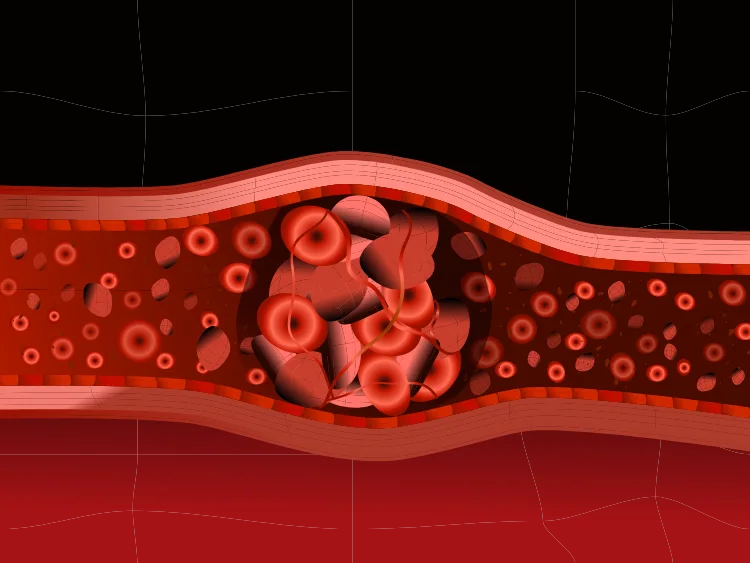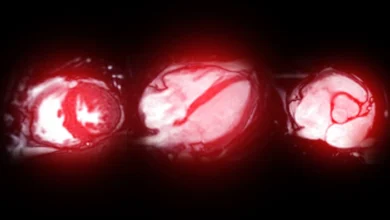Clopidogrel Outperforms Aspirin for Long-Term Heart Protection, Study Shows
Large-scale Analysis Finds Clopidogrel Reduces Cardiovascular Risks More Effectively Than Aspirin, Without Increasing Bleeding Concerns

A new study has shown that when comparing clopidogrel vs aspirin, clopidogrel provides better long-term protection for people with coronary artery disease. Researchers reported that patients on clopidogrel had a 14% lower risk of experiencing heart attacks, strokes, or dying from cardiovascular causes than those treated with aspirin.
Importantly, this improvement did not come with a higher risk of major bleeding, a common concern with blood-thinning drugs. The findings were presented at the European Society of Cardiology Congress in Madrid and published simultaneously in The Lancet.
Why Aspirin Was the Default Choice

For many years, doctors have routinely prescribed low-dose aspirin to patients with coronary artery disease—the most common type of heart disease—to help lower the risk of blood clots. Aspirin makes blood less likely to clot, lowering the chances of blockages in narrowed arteries. This approach has been central to preventing repeat heart attacks and strokes.
Despite its popularity, aspirin has always carried a risk of gastrointestinal bleeding and, in some cases, has not been as effective as hoped over the long term.
Clopidogrel, which has been in use since the late 1990s, works differently by blocking a platelet receptor called P2Y₁₂. It has usually been given alongside aspirin as part of dual antiplatelet therapy or prescribed to patients who cannot tolerate aspirin. Until now, it was not considered a superior option for long-term use on its own.
What the Study Found
The new analysis combined data from seven clinical trials that followed nearly 29,000 patients with coronary artery disease. These patients came from different backgrounds and included those who had undergone stent placement or had experienced acute coronary syndromes.
Across this broad group, clopidogrel consistently performed better than aspirin. Patients taking clopidogrel experienced fewer major cardiovascular and cerebrovascular events, while rates of bleeding were essentially the same as those in the aspirin group.
Patients predicted to have a weaker response to clopidogrel because of genetic or clinical factors still showed better outcomes than those taking aspirin.
Evidence from Other Clinical Trials
The results align with findings from earlier studies. The HOST-EXAM trial, which followed more than 5,000 patients in South Korea after stent placement, reported fewer heart attacks, strokes, and bleeding complications in patients treated with clopidogrel instead of aspirin over almost six years.
Another trial, SMART-CHOICE 3, found that clopidogrel reduced the combined risk of death, heart attack, and stroke in high-risk patients compared to aspirin, again without raising bleeding risk. Together, these studies strengthen the case for clopidogrel as a safer and more effective long-term treatment option.
Implications for Patients and Guidelines
The latest findings indicate that clopidogrel may emerge as the favored option for long-term prevention of heart attacks and strokes in people with coronary artery disease. Experts believe the drug’s generic availability, affordability, and proven effectiveness make it suitable for widespread use. However, some considerations remain.
Clopidogrel is a prescription-only drug, unlike aspirin, which can be bought over the counter. Genetic variations in how patients metabolize clopidogrel may also influence its effectiveness in some cases, although the current analysis indicates benefits are still widespread.
Certain acid-reducing medications, such as omeprazole, may interfere with clopidogrel’s action, which means doctors will need to guide patients carefully on safe combinations.
Researchers emphasize that further studies on cost-effectiveness and outcomes in more diverse populations are needed before treatment guidelines are updated worldwide. Still, the data strongly indicate that clopidogrel provides superior long-term protection without added risks.
[Source]








